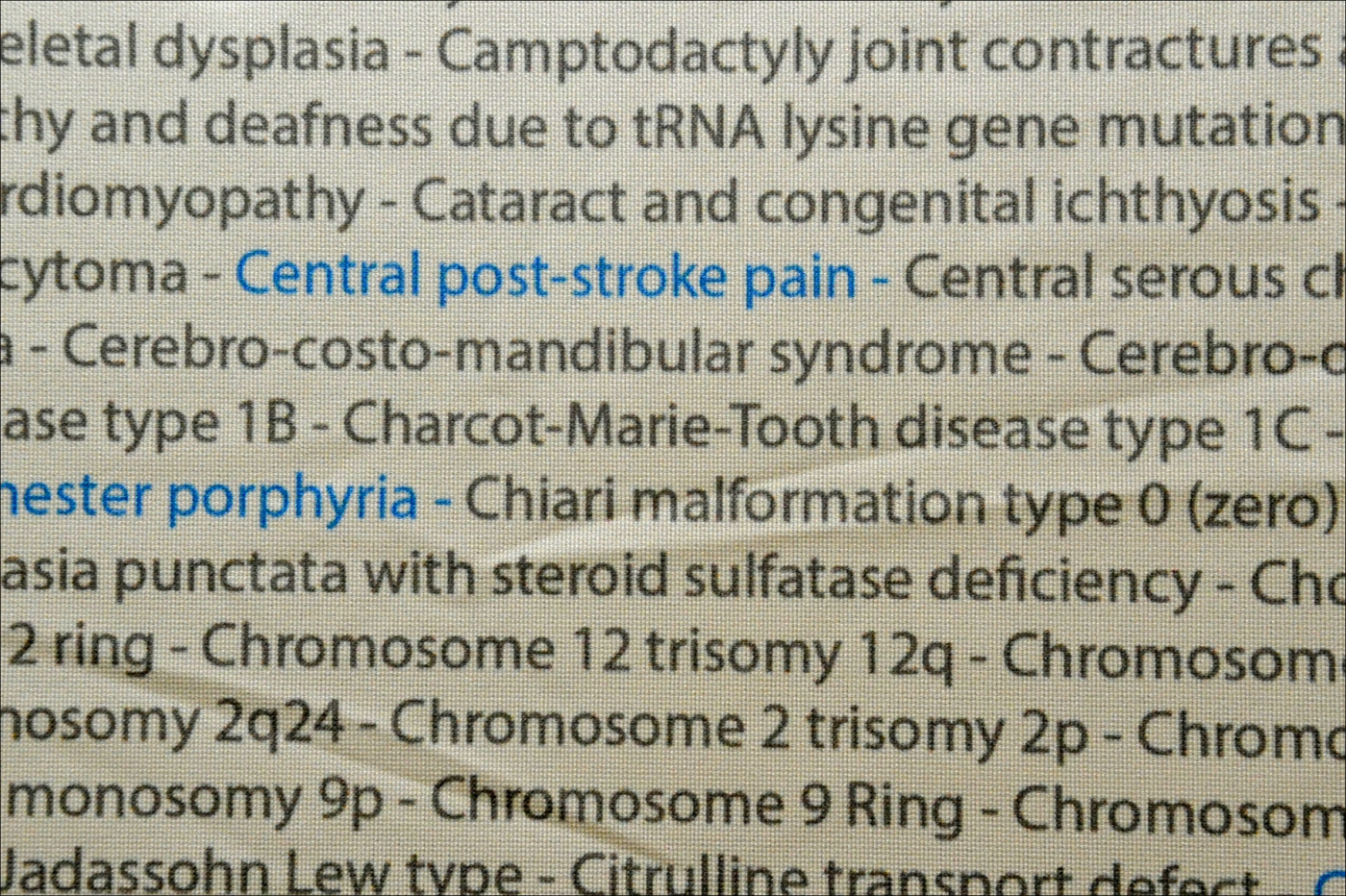Large-scale Study Reveals Gender-specific Features of CMTX1

X-linked Charcot-Marie-Tooth disease (CMTX1) affects men and women differently, finds a large-scale study promoted by the Inherited Neuropathies Consortium.
The study. “Cross-sectional analysis of a large cohort with X-linked Charcot-Marie-Tooth disease (CMTX1),” appeared in the journal Neurology.
CMT is an inherited genetic disease that affects the peripheral nerve cells, causing chronic, motor and sensory deregulation. It falls into several subtypes, according to the genetic alteration that gives rise to the disease. The CMTX1 subtype is the second most common form of the disease, with more than 400 genetic mutations on the gene GJB1 linked to it.
GJB1 encodes a protein called connexin32, or Cx32, which is essential for communication among the Schwann cells that form the nerve cells’ protective myelin sheath. Many of the identified genetic variants of GJB1 cause alterations in protein sequence, consequently affecting the protein’s function.
Researchers led by Dr. Francis B. Panosyan of the neurology department at New York’s University of Rochester Medical Center conducted a natural history observational study to add new insights into CMTX1. The consortium, which includes academic medical centers, patient support organizations and clinical research labs, receives funding from the National Institutes of Health.
The study (NCT01193075) included 160 patients with CMTX1 who were evaluated at one of the INC’s 17 clinical centers between 2009 and 2015, and at Wayne State University between 1996 and 2009. These patients were diagnosed with CMTX1 upon genetic analysis of GJB1 gene. This analysis revealed the existence of 89 mutations — 16 of which had not been reported before.
None of the detected genetic variants were associated with a more severe or milder form of the disease, suggesting that disease presentation does not depend on underlying genetic variants. However, male patients who had mutations on specific sites of the protein coding tended to have higher Charcot-Marie-Tooth disease examination scores (CMTES) and Charcot-Marie-Tooth disease neuropathy scores (CMTNS).
The study revealed that male carriers of GJB1 mutations get the disease earlier and suffer more severe symptoms than do female patients. About 85% of males complained of walking difficulties, compared to 64 percent of females. Even so, other clinical features of CMT — such as difficulties with hand dexterity and balance, and the need for walking aids or surgeries — were equally prevalent in men and women.
More than half the women complained of arthritic pain. This finding is consistent with previous reports showing increased risk of clinical pain and increased sensitivity to chronic pain in women compared with men, researchers wrote.
“Although men have higher disease burden in general, our data support the notion that women are equally likely to report difficulties with balance and problems with hand dexterity,” researchers wrote. “Early recognition of these clinical features might therefore be important in the management of female patients with CMTX1.”
They added: “Recognition of hand dexterity symptoms in CMTX1 and directing patients to appropriate therapies (e.g., occupational therapy) is therefore of paramount importance.”






